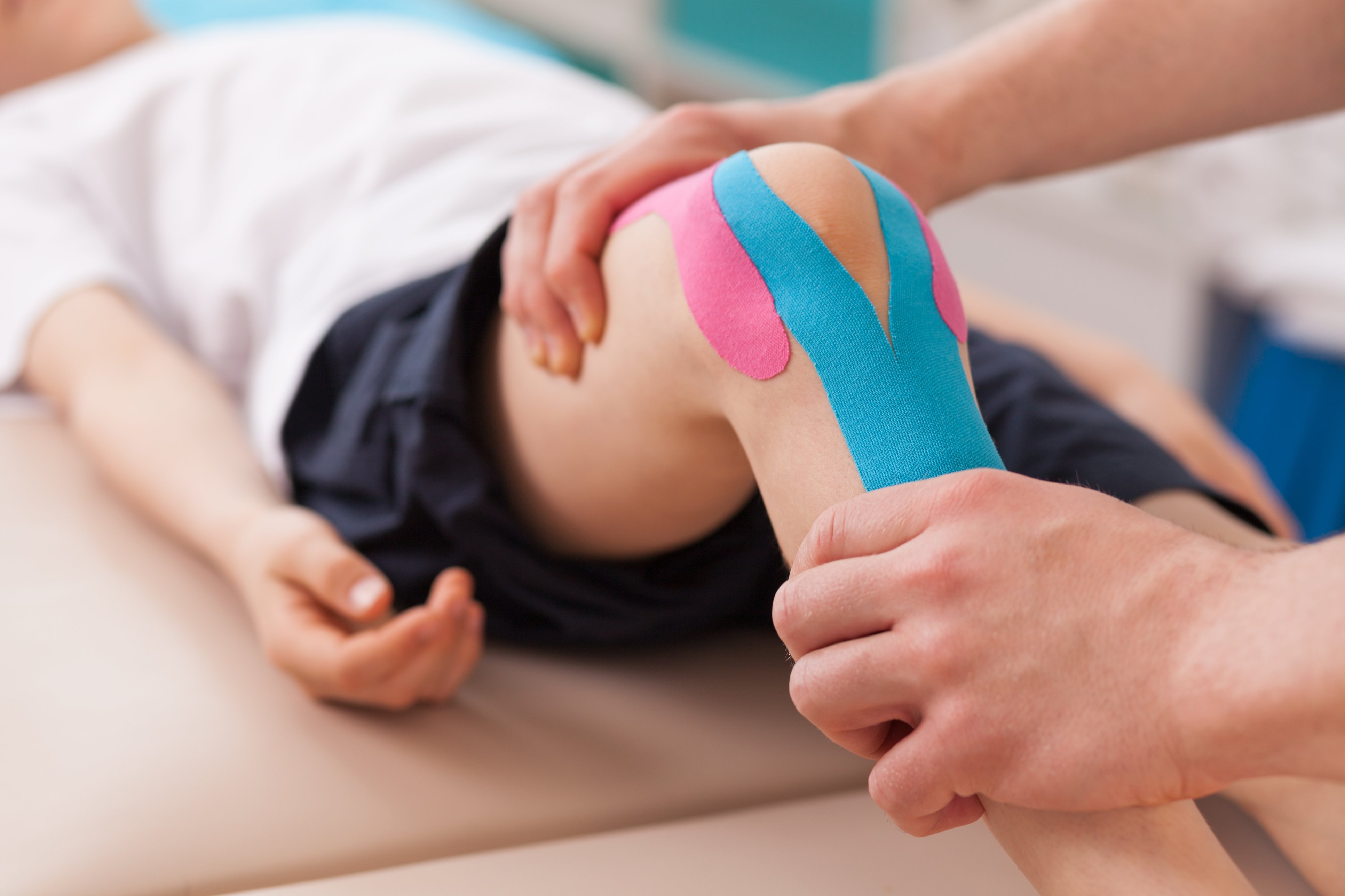Depending on your child’s injury, applying hot packs or cold packs to the affected area of their body can be an effective way to reduce pain. These treatments can be performed at home and may be used in conjunction with other treatments and pain medicine.
Cold packs
An ice pack can immediately reduce pain caused by bruising, muscle strains and spasms, sprains, and insect stings. Ice acts like a mild local anaesthetic and can reduce swelling if applied to an acute injury. It should never be applied directly to the skin, nor should the weight of a limb rest on an ice pack. Both of these actions may burn the skin.
Crushed ice, ice cubes, or frozen peas can be used at home to make up an ice pack. Put the ice in a plastic bag and wrap it in a damp towel. You are then ready to apply the pack to the skin overlying the area to be cooled. The ice pack should be applied for up to 10 minutes at a time and then removed. Wait one hour then re-apply if necessary.
Caution should be used when applying an ice pack to children under six months of age. They are much more sensitive to cold and their skin is more fragile.
Hot packs
Applying heat increases the blood flow and is helpful for relieving generalized aches and stiffness. Moist heat is advisable since it allows for more even distribution of heat over the affected area and reduces the risk of burns. And, because moist heat-packs cool down gradually, there is a further reduction in the risk of burns.
A hot water bottle wrapped in a damp towel molds well to the affected area. An alternative is a wet facecloth placed in a plastic bag and heated for one minute in a microwave. It can then be wrapped in a damp towel to form a hot pack.
Heat should not be used on soft tissue injuries that are still acutely painful, open wounds, areas of the body with reduced sensation or feeling, areas of bleeding, or swelling. Care should always be taken when using heat treatments to make sure the child remains safe from further injury. Children should not be left alone with a hot pack. The hot pack should feel warm not hot. Check your child’s skin after five minutes for any sign of redness, blisters, or burning. Remove the hot pack after 20 minutes, wait an hour, and then reapply if helpful.
